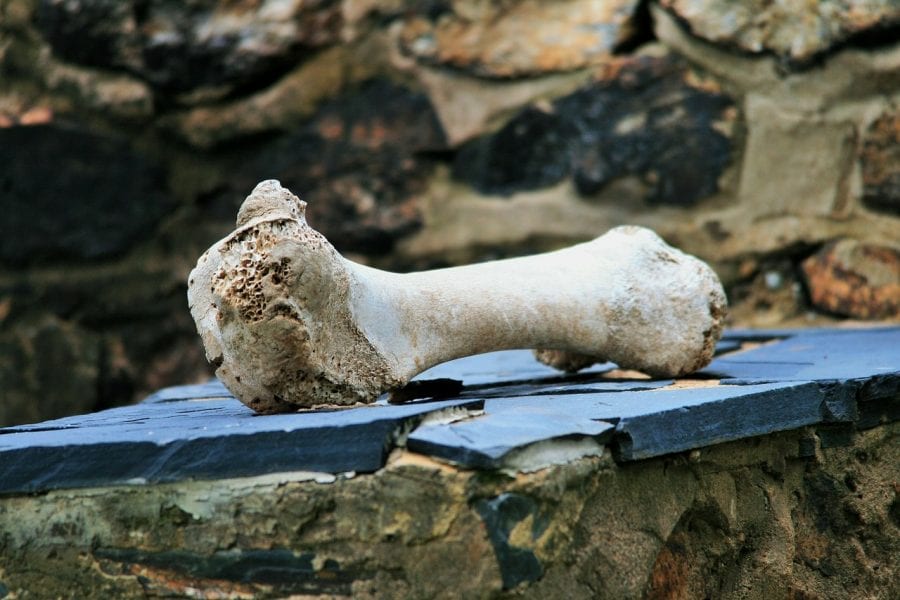In designing new high-performance materials, researchers turn to mimicking nature’s materials, such as bone. Remarkable mechanical properties of bone are due to their gradient structure, with a hard cortical exterior, shielding a soft trabecular tissue of the core of bone. In Advanced Engineering Materials, Rimma Lapovok et al. propose a technique by which a gradient structure inspired by this design can be imparted to metallic tubes. It enhances the strength of the walls of metallic tubes by producing gradient microstructures with ultrafine grained layers in near-surface regions. The technique, dubbed high-pressure tube shearing (HPTS), can be seen as a new form of severe plastic deformation processing, which combines high hydrostatic pressure with gigantic shear deformation. Such processing techniques have become popular as a way to achieve high strength by extreme grain refinement in the material and their use to produce gradient structures holds great potential, as illustrated in the present report.
The paper provides several examples of steel and titanium tube processing by different variants of HPTS. In-depth theoretical analysis, finite element simulations, and experimental investigation of microstructure and texture of tube walls demonstrate the possibility of producing gradient structures with ultrafine grained layers at the inner or outer surface of a tube, or at both surfaces. The thickness of the layers can be controlled by tuning the rotational and translational speeds of the dies employed in the process. The HPTS technique that has been trialed in laboratory-scale experiments reported in the paper is amenable to upscaling to industrial tube manufacturing.

















